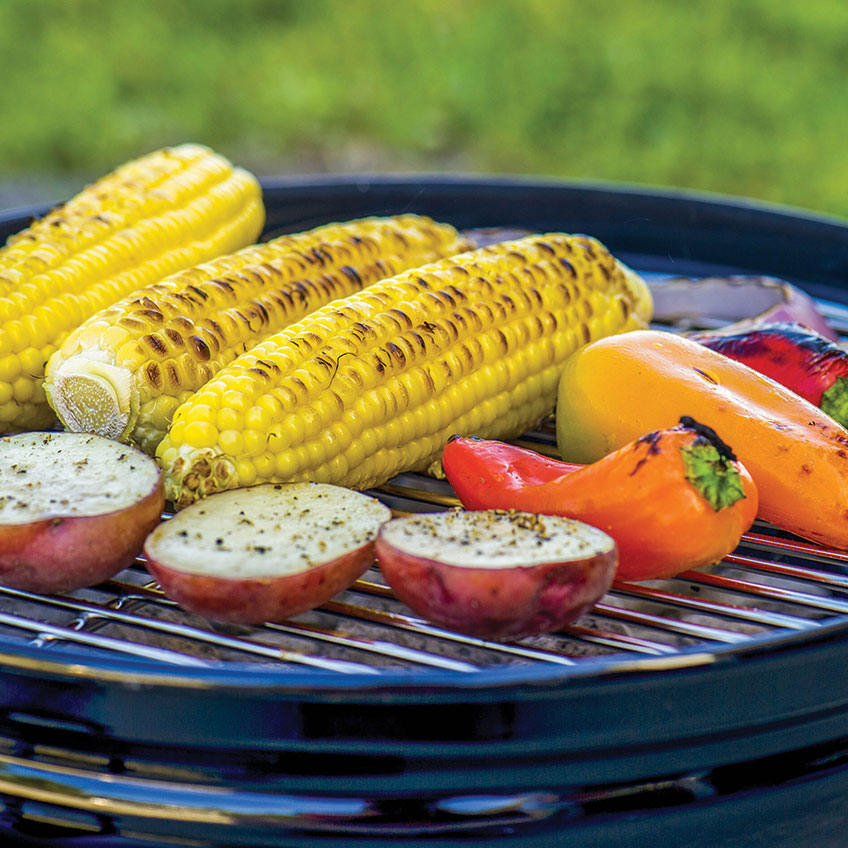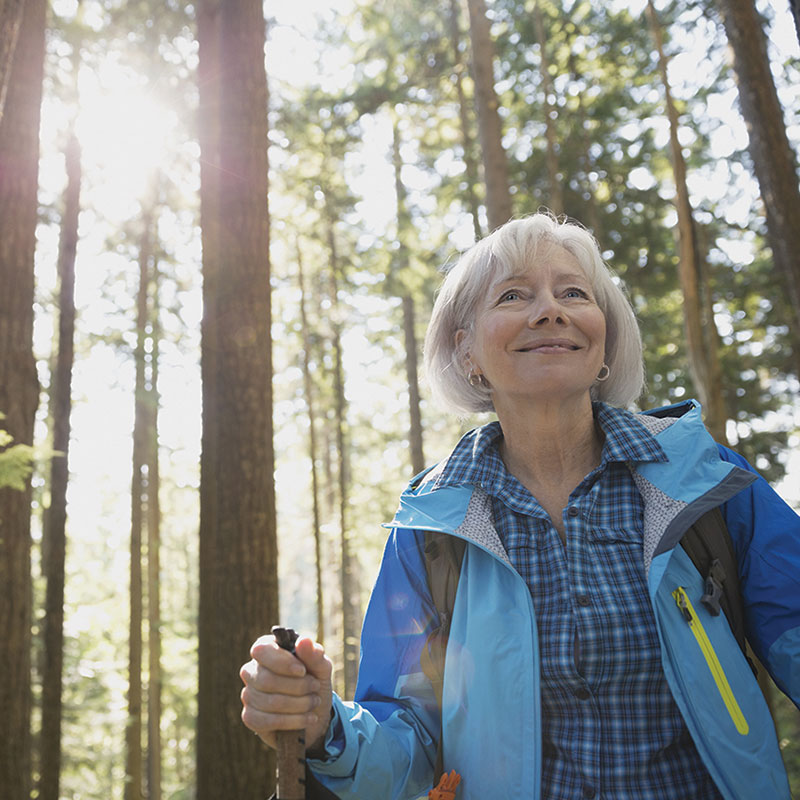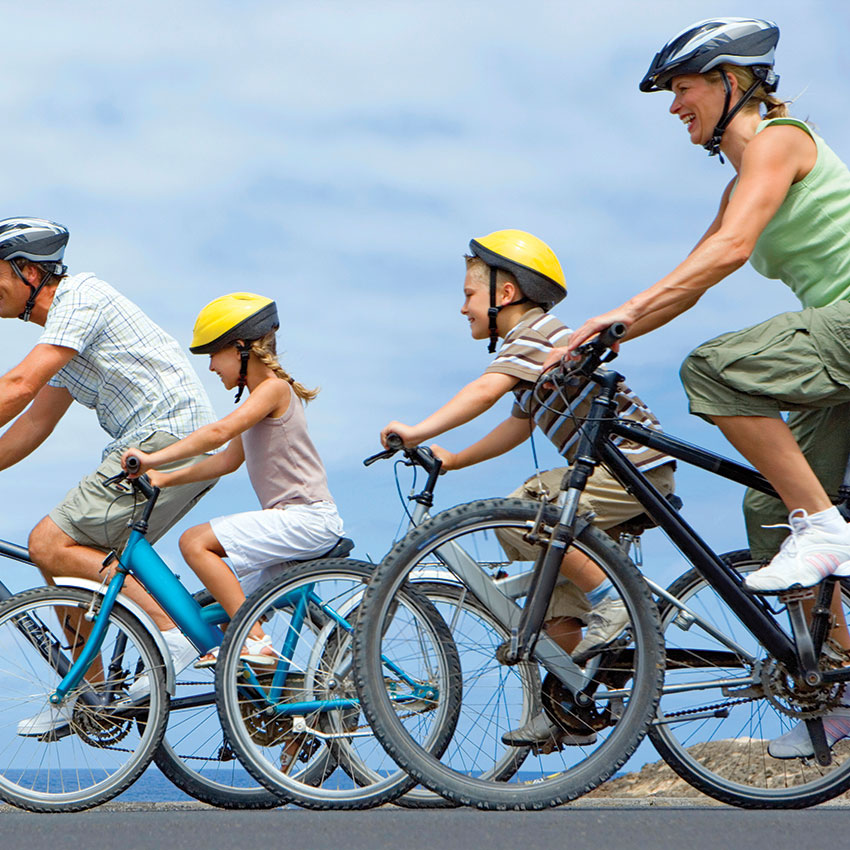Summer is synonymous with many things, including family vacations and relaxing days at the beach. For foodies, perhaps nothing evokes the spirit of summer more effectively than grilled foods.
Grilling is a beloved tradition, but it’s not necessarily the healthiest way to eat. Traditional backyard barbecue fare like hot dogs and hamburgers likely won’t make physicians’ hearts flutter, but there are ways to enjoy the flavor of grilling without compromising a nutritious diet.
Replace burgers and hot dogs with healthy proteins
The occasional hamburger or hot dog won’t do much damage, but people who regularly grill should skip these summertime staples and replace them with healthy proteins. The American Heart Association reports that fish and skinless chicken breasts are healthy alternatives to hamburgers and hot dogs. Burger devotees can still enjoy their go-to grilled food, but replace ground beef with lean ground poultry, which contains less saturated fat than red meat.
Avoid overdoing it
Most people have overindulged at a backyard barbecue at one point or another. The relaxed, party-like atmosphere of the backyard barbecue makes it easy to snack on chips and other unhealthy fares before moving on to burgers and hot dogs. Hosts can do guests a favor by replacing snacks and sides like chips and potato salad with healthier fare like celery, fruit salad or chickpea salad. Keep portions of grilled fare as close to a healthy size as possible. The AHA notes that a healthy portion of meat is around three ounces and no more than six ounces.
Create a salt-free rub
There’s no denying salt makes food more flavorful. But that flavor comes at a high cost. The health care experts Piedmont note that excessive amounts of salt can contribute to inflammation from fluid retention and increase a person’s risk for hypertension, or high blood pressure. Salt may be a go-to for many grilling enthusiasts, but it doesn’t have to be. A salt-free rub made with chili powder, garlic powder, paprika, and/or other spices is an effective and salt-free way to add flavor to meat, chicken, and fish.
Grill more vegetables
Grilled vegetables, whether they’re part of kebabs or simply grilled alongside the main course, add significant flavor and provide all the health benefits of veggies cooked in more traditional ways. The AHA notes that coating vegetables in a healthy oil like olive oil makes it easy to grill them directly over an open flame without sticking. Cooking in this way imparts that signature smoky, grilled flavor to vegetables.
This summer, grilling can be as healthy as it is flavorful. All it takes is a few simple strategies to make the menu at your next backyard barbecue one any doctor would love.













